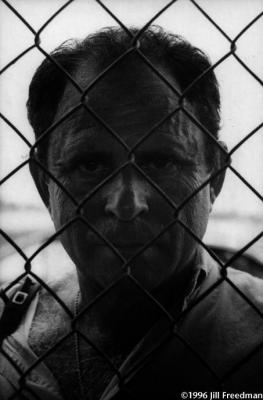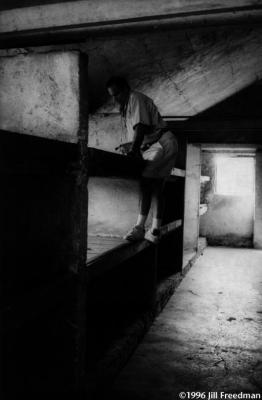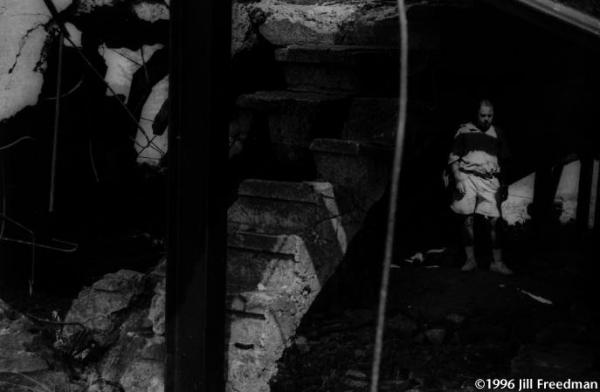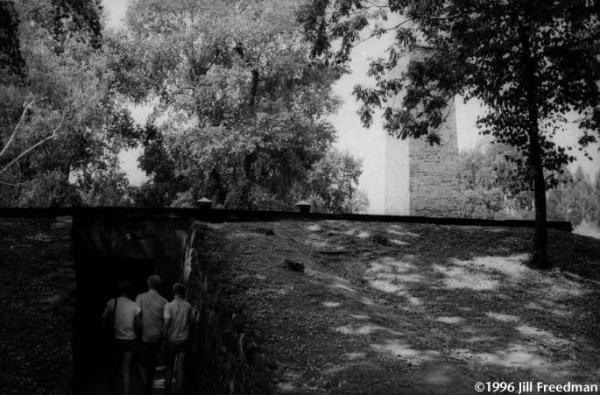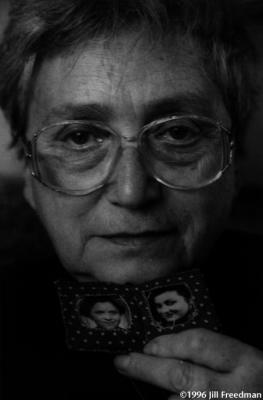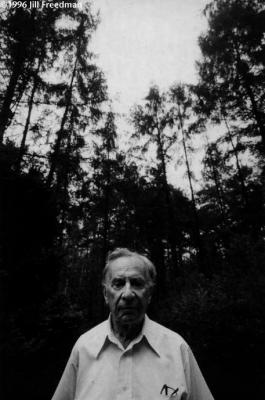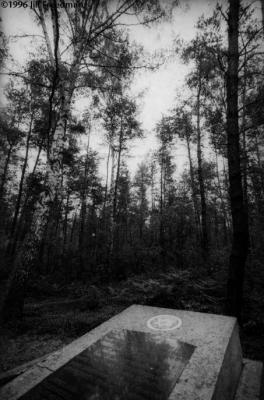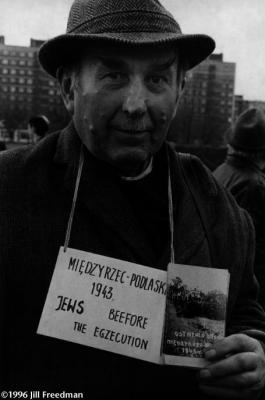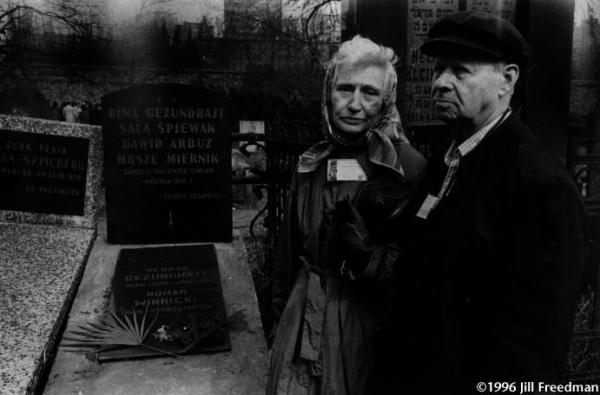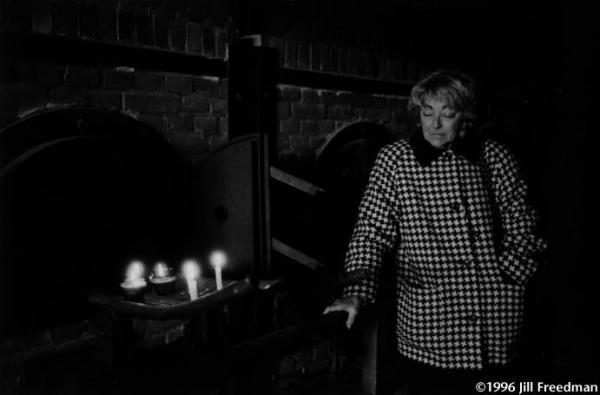Survivors
In the Lublin region, on November 2, 1943, an operation, given the code name "Harvest Festival" by the Germans, was begun. Its object was the murder of those survivors of the Warsaw ghetto uprising who had been held since April in labor camps at Poniatowa, Trawniki and elsewhere in the Lublin region. In a few days, fifty thousand Jews were shot in ditches behind the gas-chambers of Majdanek, among them more than five thousand Jewish soldiers of the Polish army, who had been held prisoner for the previous four years in the Lipowa Street camp in Lublin. Brought to Majdanek in small groups from Lipowa Street on Nov. 2, the instinct for survival could not be crushed. Led by a former Hebrew teacher, with the surname Szosnik, the Jews broke through the armed guards shouting, "Long live freedom." The SS opened fire. Most of the prisoners were killed. According to Krakowski's "War of the Doomed," ten were able to escape. Other Jews from the Lipowa Street camp, also former soldiers, were taken to Majdanek and refused to the last moment to remove their army uniforms. They, too, were shot. Only one camp in the Lublin region escaped the "Harvest Festival" slaughter, that at Budzyn, whose labor was needed to operate the Heinkl aircraft works. But even at Budzyn, all elderly people were "selected" in November, 1943 and taken to Majdanek. One of the Jewish cleaners in the camp, Jacob Katz, saved the lives of seven elderly Jews by hiding them under mattresses during the selection, and later smuggling in bread to them. The rest, taken to Majdanek, were shot.
